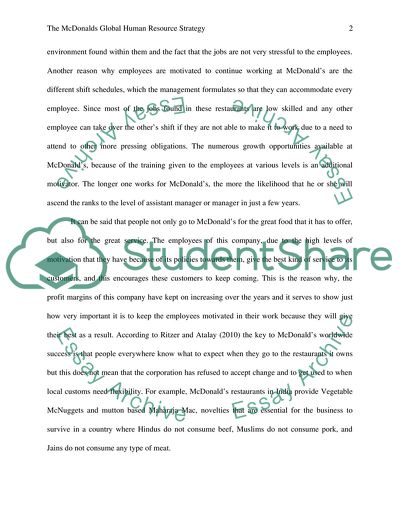Cite this document
(“The McDonald's Global Human Resource Strategy Term Paper”, n.d.)
The McDonald's Global Human Resource Strategy Term Paper. Retrieved from https://studentshare.org/human-resources/1795150-the-mcdonalds-global-human-resource-strategy
The McDonald's Global Human Resource Strategy Term Paper. Retrieved from https://studentshare.org/human-resources/1795150-the-mcdonalds-global-human-resource-strategy
(The McDonald'S Global Human Resource Strategy Term Paper)
The McDonald'S Global Human Resource Strategy Term Paper. https://studentshare.org/human-resources/1795150-the-mcdonalds-global-human-resource-strategy.
The McDonald'S Global Human Resource Strategy Term Paper. https://studentshare.org/human-resources/1795150-the-mcdonalds-global-human-resource-strategy.
“The McDonald'S Global Human Resource Strategy Term Paper”, n.d. https://studentshare.org/human-resources/1795150-the-mcdonalds-global-human-resource-strategy.


